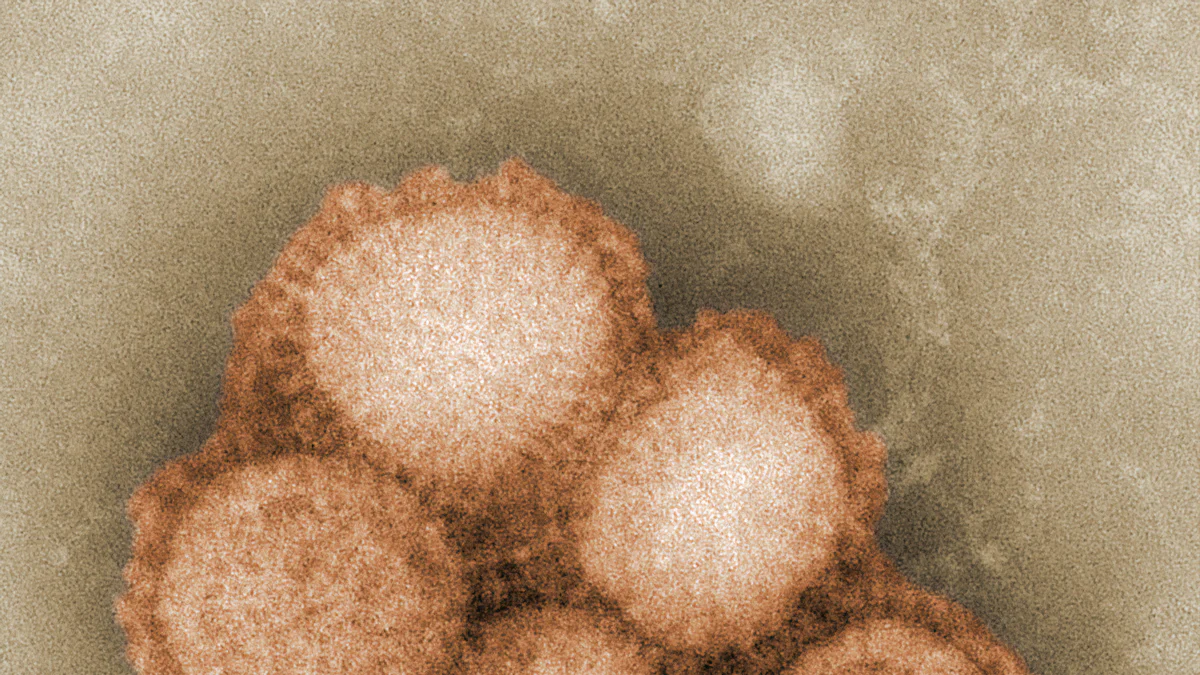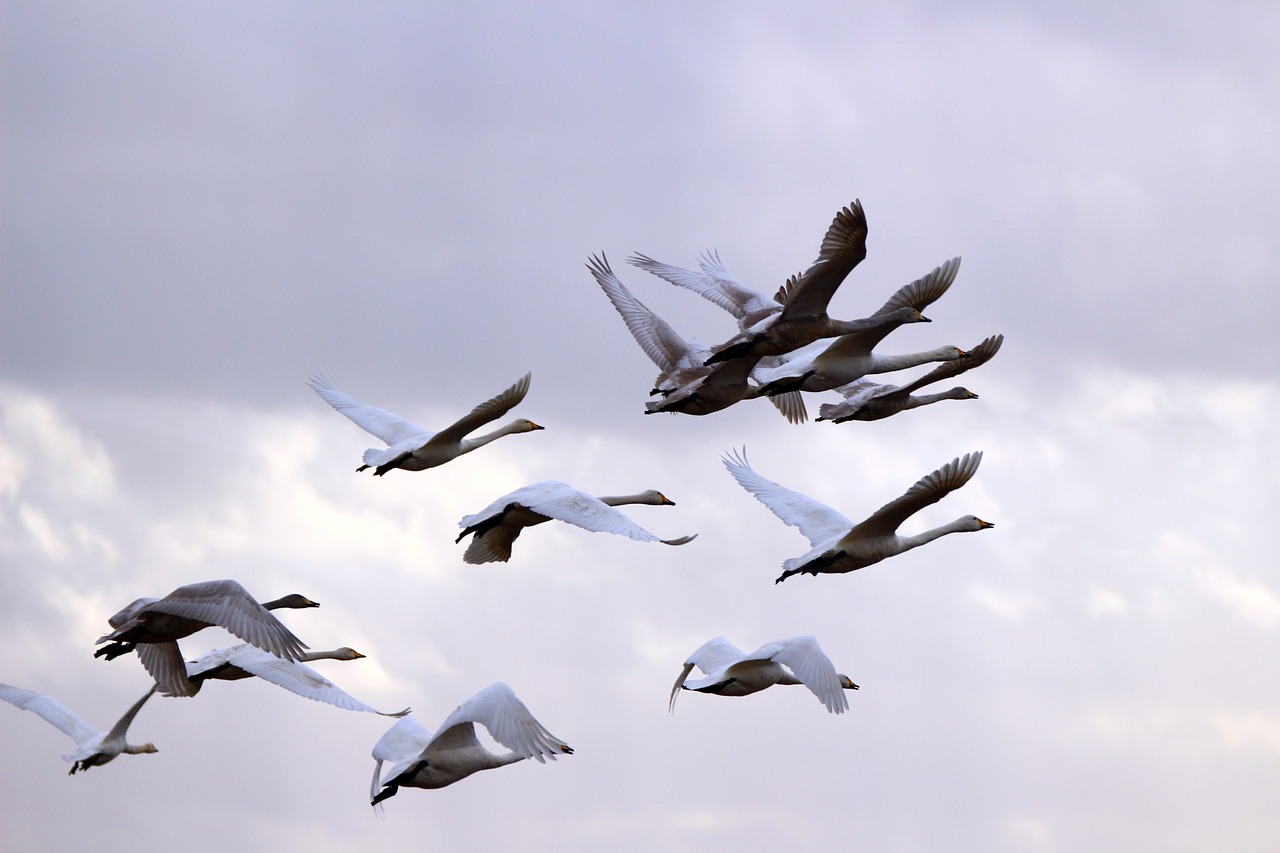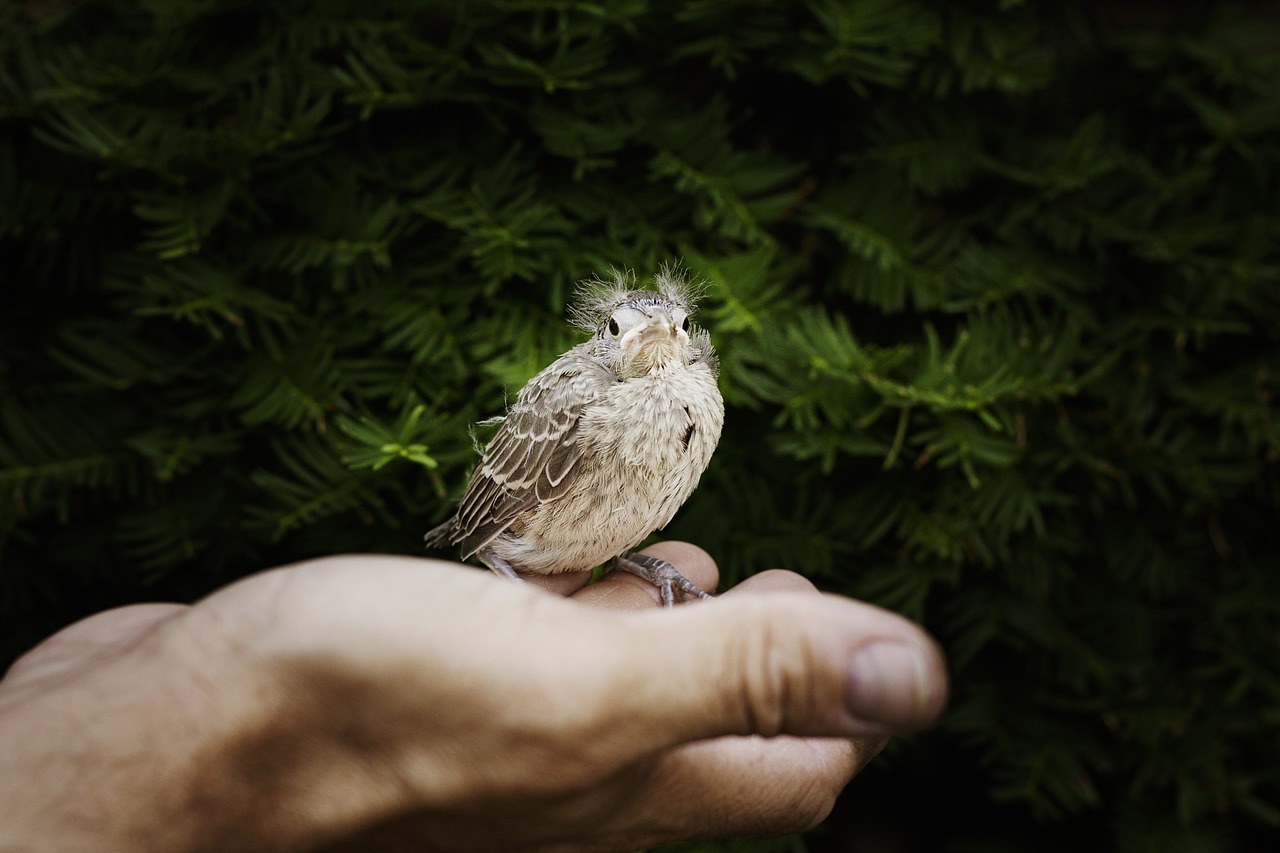
Bird flu, also known as avian influenza, poses a significant threat to both animal and human health. Staying informed about the current situation is crucial due to the potential for outbreaks to impact various species, including humans. The purpose of this blog is to provide detailed updates on the latest developments in bird flu cases, their effects on different populations, and the measures being taken to control the spread. Understanding the severity of infections and the mortality rates helps answer critical questions like, "Can bird flu kill humans?"
Understanding Bird Flu
Definition and Types
What is Bird Flu?
Bird flu, or avian influenza, refers to infections caused by avian influenza A viruses. These viruses primarily infect birds but can also affect other animals. The disease often leads to severe respiratory issues and high mortality rates in birds.
Transmission Methods
How Bird Flu Spreads Among Birds

Bird flu spreads among birds through direct contact with infected birds, contaminated surfaces, or fecal matter. Migratory birds often play a significant role in the transmission of the virus across regions. Infected birds can shed the virus through saliva, nasal secretions, and feces.
Potential for Human Transmission

Human infection with bird flu occurs through close contact with infected birds or contaminated environments. Handling sick or dead birds poses a significant risk. Although rare, human-to-human transmission remains a concern for health authorities. Monitoring and preventive measures aim to reduce this risk.
Recent Outbreaks

Global Overview
Major Outbreaks in Different Regions
Bird flu continues to spread across various regions, affecting wildlife health, food supply, and human health. The virus has impacted countries worldwide, with significant outbreaks reported in Asia, Europe, and North America. In 2022, the H5N1 strain caused over 100 million bird deaths globally. This strain also infected dozens of mammal species, including cats, goats, and raccoons.
Health officials have raised concerns about the virus spreading to new animal species. Recent detections include outbreaks among dairy cows in the United States and sporadic infections in wild mammals in Canada and the U.S. These developments highlight the virus's adaptability and potential for cross-species transmission.
Timeline of Recent Outbreaks
2020: A global outbreak of H5N1 bird flu began, affecting birds and some mammals.
2022: H5N1 caused over 100 million bird deaths and was detected in more than 200 different mammals in the U.S.
March 25, 2024: A multi-state outbreak of HPAI A(H5N1) bird flu in dairy cows was first reported in the U.S.
January 31, 2024: A total of 90 laboratory-confirmed cases of human infection with avian influenza A(H5N6) virus were reported.
Case Studies
Notable Cases and Their Impact
Several notable cases have highlighted the severe impact of bird flu on both animals and humans. For instance, a person in Texas tested positive for avian influenza (H5N1) amid an outbreak among dairy cows. This case underscores the risk of zoonotic transmission and the need for vigilant monitoring.
The pandemic of 1918 serves as a historical example of the catastrophic potential of bird flu. The virus, which originated from infected birds, killed more than 50 million people and sickened 500 million others worldwide. This event emphasizes the importance of understanding and controlling avian influenza outbreaks.
Lessons Learned from Recent Outbreaks
Recent outbreaks have provided valuable lessons for managing and preventing bird flu. Key takeaways include:
Enhanced Surveillance: Continuous monitoring of bird populations and other susceptible species is crucial. Early detection helps in implementing timely control measures.
Biosecurity Measures: Strict biosecurity practices can prevent the spread of the virus among poultry and livestock. Farmers must adhere to guidelines to protect their animals.
Public Awareness: Educating the public about the risks of bird flu and the importance of reporting sick or dead birds can aid in early intervention.
Research and Development: Ongoing research is essential to understand the virus's behavior and develop effective vaccines and treatments.
These lessons underscore the need for a coordinated effort to combat bird flu and mitigate its impact on health and the economy.
Human Impact
Health Implications
Symptoms in Humans
Bird flu symptoms in humans often resemble those of seasonal influenza. Infected individuals may experience fever, cough, sore throat, and muscle aches. Severe cases can lead to respiratory distress, pneumonia, and multi-organ failure. Early detection and treatment are crucial for improving outcomes.
Severity and Mortality Rates
Bird flu poses a significant health risk due to its high mortality rate. Over 50% of all known human cases result in death. Most infections trace back to close contact with infected poultry or contaminated environments. The potential for a mutated strain to spread rapidly among humans remains a concern for health authorities.
Economic and Social Effects
Impact on Poultry Industry
Bird flu outbreaks have devastating effects on the poultry industry. Farmers face massive losses due to culling infected flocks to prevent the virus's spread. This leads to disruptions in the supply chain and increased prices for poultry products. The economic burden extends to related industries, including feed suppliers and transport services.
Social and Economic Consequences
The social and economic consequences of bird flu extend beyond the poultry industry. Communities dependent on poultry farming suffer from loss of income and employment. Public health systems face increased pressure due to the need for monitoring and controlling outbreaks. The fear of zoonotic transmission affects consumer behavior, leading to reduced demand for poultry products.
Preventive Measures
For Poultry Farmers

Biosecurity Practices
Biosecurity practices play a crucial role in preventing avian influenza. Farmers must implement strict measures to protect their flocks. The USDA recommends six simple biosecurity steps:
Restrict Access: Limit access to poultry areas. Only essential personnel should enter.
Clean and Disinfect: Regularly clean and disinfect equipment, vehicles, and facilities.
Monitor Flocks: Observe birds daily for signs of illness. Report any unusual symptoms immediately.
Control Wildlife: Prevent contact between poultry and wild birds. Use netting or other barriers.
Manage Feed and Water: Ensure feed and water sources remain uncontaminated. Store feed in secure containers.
Dispose of Waste Properly: Dispose of dead birds and waste materials safely. Follow local regulations.
Health experts call for tighter biosecurity measures globally. Monitoring bird flu from farms to markets can prevent outbreaks.
Vaccination and Monitoring
Vaccination serves as a critical tool in controlling bird flu. Poultry farmers should vaccinate their flocks against prevalent strains. Regular monitoring helps detect infections early. Farmers must work with veterinarians to develop effective vaccination schedules. Continuous surveillance ensures timely intervention.
For the General Public
Personal Hygiene and Safety Tips
The general public must follow personal hygiene practices to reduce bird flu risk. Key safety tips include:
Hand Washing: Wash hands thoroughly with soap and water after handling birds or visiting farms.
Avoid Contact: Avoid direct contact with sick or dead birds. Report such cases to local authorities.
Cook Poultry Properly: Ensure poultry and eggs are cooked to safe temperatures. This kills any potential viruses.
Wear Protective Gear: Use gloves and masks when handling birds or cleaning bird cages.
Reporting and Seeking Medical Help
Prompt reporting and seeking medical help are vital. Individuals must report sick or dead birds to local health departments. Early detection aids in controlling outbreaks. If experiencing flu-like symptoms after contact with birds, seek medical attention immediately. Health professionals can provide appropriate care and prevent further spread.
Can Bird Flu Kill Humans?

Health Risks
Severity of Infections
Bird flu infections in humans often result in severe respiratory issues. Symptoms include fever, cough, sore throat, and muscle aches. In advanced cases, the infection can lead to pneumonia, acute respiratory distress syndrome (ARDS), and multi-organ failure. Early detection and treatment are vital for improving patient outcomes. The virus's ability to cause severe illness underscores the importance of monitoring and preventive measures.
Mortality Rates
The mortality rate for bird flu in humans remains alarmingly high. According to the World Health Organization, between January 2003 and March 28, 2024, there have been 888 human cases of bird flu infection. Of these cases, 463 resulted in death, equating to a mortality rate of over 50%. This statistic highlights the deadly nature of the virus. Although human infections are rare, the high fatality rate necessitates rigorous control measures to prevent outbreaks.
Preventive Measures

Reducing Risk of Transmission
Reducing the risk of transmission requires strict adherence to biosecurity practices. Poultry farmers must limit access to bird areas and regularly clean and disinfect facilities. The general public should avoid direct contact with sick or dead birds. Proper cooking of poultry products ensures that any potential viruses are killed. Wearing protective gear when handling birds also minimizes the risk of infection.
Importance of Early Detection
Early detection plays a crucial role in controlling bird flu outbreaks. Prompt reporting of sick or dead birds to local health authorities enables swift intervention. Individuals experiencing flu-like symptoms after contact with birds should seek medical attention immediately. Health professionals can provide appropriate care and prevent further spread. Continuous surveillance and timely response are essential for mitigating the impact of bird flu on public health.
The blog has provided a comprehensive overview of the current bird flu situation. Key points include the definition and types of bird flu, transmission methods, recent outbreaks, human impact, and preventive measures. Continued vigilance remains crucial for controlling the spread of avian influenza. Implementing biosecurity practices and staying informed about new developments can significantly reduce risks.
For reliable updates, visit the Centers for Disease Control and Prevention (CDC) website. Regular updates from health authorities help the public stay informed and prepared.
However, there is also an innovative solution that can help people connect with nature while staying safe - smart bird feeders. These feeders provide real-time video and data about the avian visitors to your backyard, enabling you and your family to learn about and appreciate local bird species from the comfort of your home. By investing in a smart bird feeder, you can enjoy the beauty of nature while prioritizing your health and safety during these uncertain times. Explore these innovative products today and bring the wonders of birdwatching into your home.













